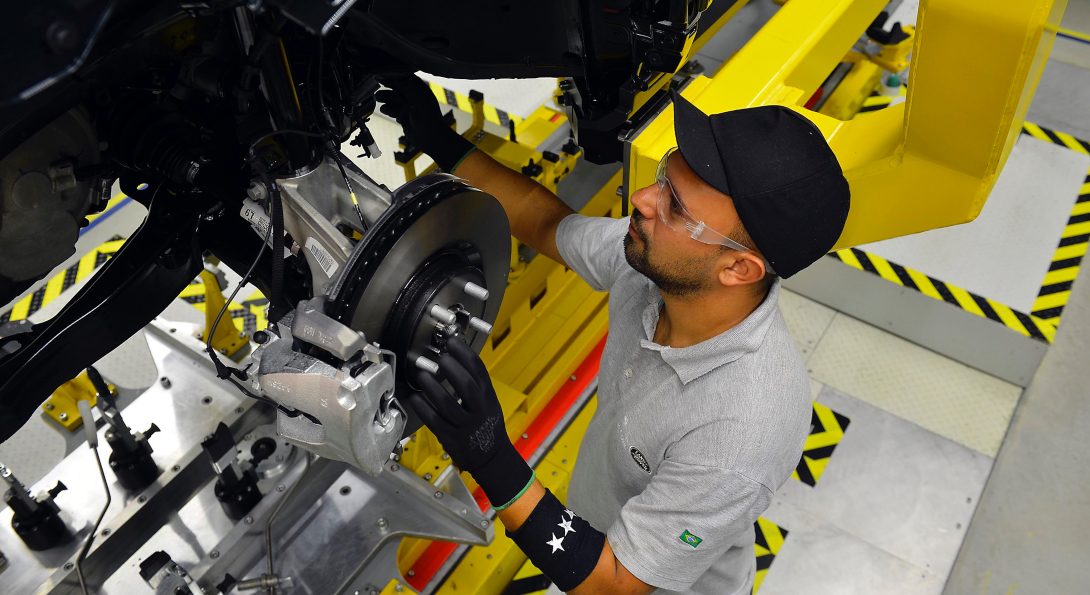WHO Modules in Occupational Health
For service, manufacturing and agricultural industries
The health and safety of workers is generally given a low priority across economic sectors. Sustainability, human and material resources, and production are primary concerns in both large and small enterprises; in the informal sector, subsistence is critical. The trend toward “globalization” provides additional challenges to worker health and safety. SPH's WHO Modules in Occupational Health, Hygiene and Safety are designed to provide education for professionals who are charged with the responsibility of protecting the health of workers: public health officers, physicians, nurses, policy makers, labor inspectors, and worker health and safety advocates.
These materials were developed to implement the 49th World Health Assembly global strategy for occupational health (WHA49.12). Where relevant, the materials complement the effort of the International Programme on Chemical Safety (IPCS) Global Implementation Strategy on occupational risk management.
Module: occupational health in agricultural work

This course is designed for public health personnel who are charged with the responsibility of protecting the health of workers. This may include public health officers, physicians, nurses, policymakers, plant managers, and union health and safety representatives. This curriculum takes an interdisciplinary approach to addressing the injuries and illnesses related to work. It is based on the premise that primary prevention is the optimal approach to protecting the health of workers. Each section of this course helps to complete the puzzle of the people, methods, technology, and policy it takes to reduce worker illness and injury. By mastering the knowledge and skills presented, participants will be able to respond to a wide range of occupational health and safety problems across industries, in large and small enterprises.
Module: occupational health in the service sector

This curriculum takes an interdisciplinary approach to addressing the injuries and illnesses related to work. It is based on the premise that primary prevention is the optimal approach to protecting the health of workers. During the course, students will:
- List the job titles and occupational hazards for various health care workers
- Recognize a sentinel health event as an indicator of workplace risk
- Describe the role of host, agent, and condition in occupational disease development
- Complete an injury/incident report for needlestick injuries
- Review surveillance data and compile a report for hospital administration
- Plan a workplace health and safety walk-through
- Prioritize workplace health hazards for remediation
- Plan the development of an occupational health and safety committee
Module: occupational health in manufacturing

This course will prepare students to:
- Recognize a sentinel event as a warning signal that preventive measures need to be taken
- Conduct a basic incident investigation
- List the occupational hazards in a complex manufacturing workplace
- List the adverse health outcomes from exposures in this workplace
- Interpret data from a follow-up investigation of this workplace
- Develop a questionnaire survey of adverse health outcomes in industry
- Discuss ethical issues related to worker surveillance
- Present data form that can be understood by employees and policy makers, including employers and local/state enforcement agencies
- Apply information gathered from above activities to develop policy recommendations